Affordable Real-Time Crypto Price APIs: Your Options Explained

Access to real-time cryptocurrency prices is essential for anyone building apps, research tools, or bots in the crypto space. With countless digital assets and rapid price movements, quality data feeds are in high demand. But is there a free or cheap API that provides real-time crypto prices? In this guide, we break down your options, compare major providers, and explain the trade-offs when looking for budget-friendly API solutions.
Understanding Crypto Price APIs
Crypto price APIs are services that deliver up-to-the-second market data for cryptocurrencies. These APIs aggregate information from exchanges and other sources, normalize data, and provide endpoints that developers or analysts can programmatically access. They fuel:
- Portfolio trackers
- Trading bots
- Research dashboards
- Accounting and compliance tools
- AI agents that analyze crypto markets in real time
The quality of a crypto price API comes down to a few core factors: data accuracy, coverage of exchanges and coins, API uptime, update frequency, latency, and—crucially—price.
Free Crypto Price API Options
Several providers offer a limited API tier at no cost, suitable for prototypes, personal projects, or educational use. Here are some notable free API choices:
- CoinGecko API: Fully free, broad coin and exchange coverage, generous rate limits—good for non-commercial uses. Drawbacks include potential data delays and lack of advanced features.
- CoinCap API: Also free and covers major assets with basic price and market cap endpoints. Less comprehensive than some paid solutions.
- Binance API: Fully free for spot prices, order books, and trading pairs on Binance. Limited to Binance's own data, but excellent depth and reliability.
- CryptoCompare API: Offers a free tier with basic endpoints and limited requests per day. Good for initial prototypes.
These options provide excellent value at zero cost but may be restrictive for commercial apps or high-frequency needs. Free APIs often offer lower rate limits, partial data (vs. real aggregated global prices), and less responsive customer support.
When to Consider Affordable Paid APIs
As requirements grow—think higher update frequency, greater reliability, or advanced analytics—free APIs may fall short. Entry-level paid tiers are designed for startups, indie developers, and small teams that find free plans too limiting, yet don’t require enterprise-level solutions. Typical advantages include:
- Faster refresh rates (often near real-time, depending on provider)
- Higher monthly rate limits
- Expanded endpoint selection (historical prices, technical indicators, derivatives data, etc.)
- Priority technical support
- Higher SLA (service-level agreement) guarantees on uptime
Popular affordable options include:
- CoinMarketCap API: Paid plans start around $29/month, covering hundreds of coins, robust data points, and enhanced refresh speed.
- Nomics API: Offers reliable market data, with entry plans catering to startups and research projects.
- Token Metrics API: Combines real-time prices and analytics in a single API designed for smart crypto applications and AI tools, with scalable tiers.
- CryptoCompare API (paid tiers): Adds more powerful endpoints and better performance over free account.
It's worth evaluating how much "real-time" performance and depth your use case truly requires, as this will inform whether a free, cheap, or more premium tier is necessary.
What to Look for in a Crypto Price API
API selection comes down to both core features and contextual requirements. Consider these checkpoints:
- Coverage: How many exchanges and coins does the API support?
- Data Freshness: Is pricing real-time (tick-by-tick), or does it update every few seconds/minutes?
- Reliability: What uptime and latency can you expect?
- Rate Limits: Are the free or cheap tiers sufficient for your app’s needs?
- Support: Is there responsive documentation and technical support?
- Extra Analytics: Does the API offer expert signals, on-chain data, or AI-enhanced analysis?
- License and Terms: Are there any non-commercial use restrictions on their free plan, or limits around redistribution?
For rapid prototyping, free APIs are great. For mission-critical apps, especially those requiring AI-powered analytics, a paid solution with more advanced features and support might be essential.
How Developers Use Crypto Price APIs in Practice
Real-time data APIs are integrated in a variety of ways. Developers often:
- Refresh app dashboards with live crypto prices on demand
- Feed AI models for portfolio simulations, price anomaly detection, or sentiment analysis
- Trigger alerts when certain assets cross price thresholds
- Backtest trading strategies using historical endpoints
- Aggregate data from multiple sources for added redundancy and confidence
It's critical to match your API choice with your technical stack and performance needs. Fortunately, competitive options mean even budget-constrained projects can access real-time data. Many tools, such as Token Metrics, layer advanced analytics and AI research over raw price feeds, providing more actionable information for users and researchers.
Build Smarter Crypto Apps & AI Agents with Token Metrics
Token Metrics provides real-time prices, trading signals, and on-chain insights all from one powerful API. Grab a Free API Key
Frequently Asked Questions
Which free crypto price API is most reliable?
Among free APIs, CoinGecko and Binance are highly regarded for consistent uptime and comprehensive coverage. Still, their free tiers may have lower priority and reduced guarantees compared to paid options.
What does 'real-time' mean in crypto APIs?
Real-time typically refers to data updates as soon as they become available, with latencies of under a second to a few seconds. Not all "free" APIs deliver true tick-by-tick price feeds due to technical and cost constraints.
Can free APIs be used for commercial projects?
Some free APIs restrict usage to non-commercial applications. Always check provider terms of service before integrating a free API with any monetized product.
How are AI and analytics integrated with price APIs?
Platforms like Token Metrics layer on-chain analytics and AI-powered signals on top of real-time price feeds. This helps advanced users derive deeper insights beyond basic tick data.
What are the main limitations of free crypto APIs?
Limitations typically include lower request limits, delayed data updates, restricted support, and less comprehensive data sets. For higher volume or critical use, a paid tier may be necessary.
Disclaimer
This article is for informational purposes only and does not constitute financial or investment advice. Always conduct your own research and consult relevant legal and compliance guidance before integrating third-party APIs or building crypto-related tools.
Create Your Free Token Metrics Account

.png)




%201.svg)
%201.svg)


%201.svg)



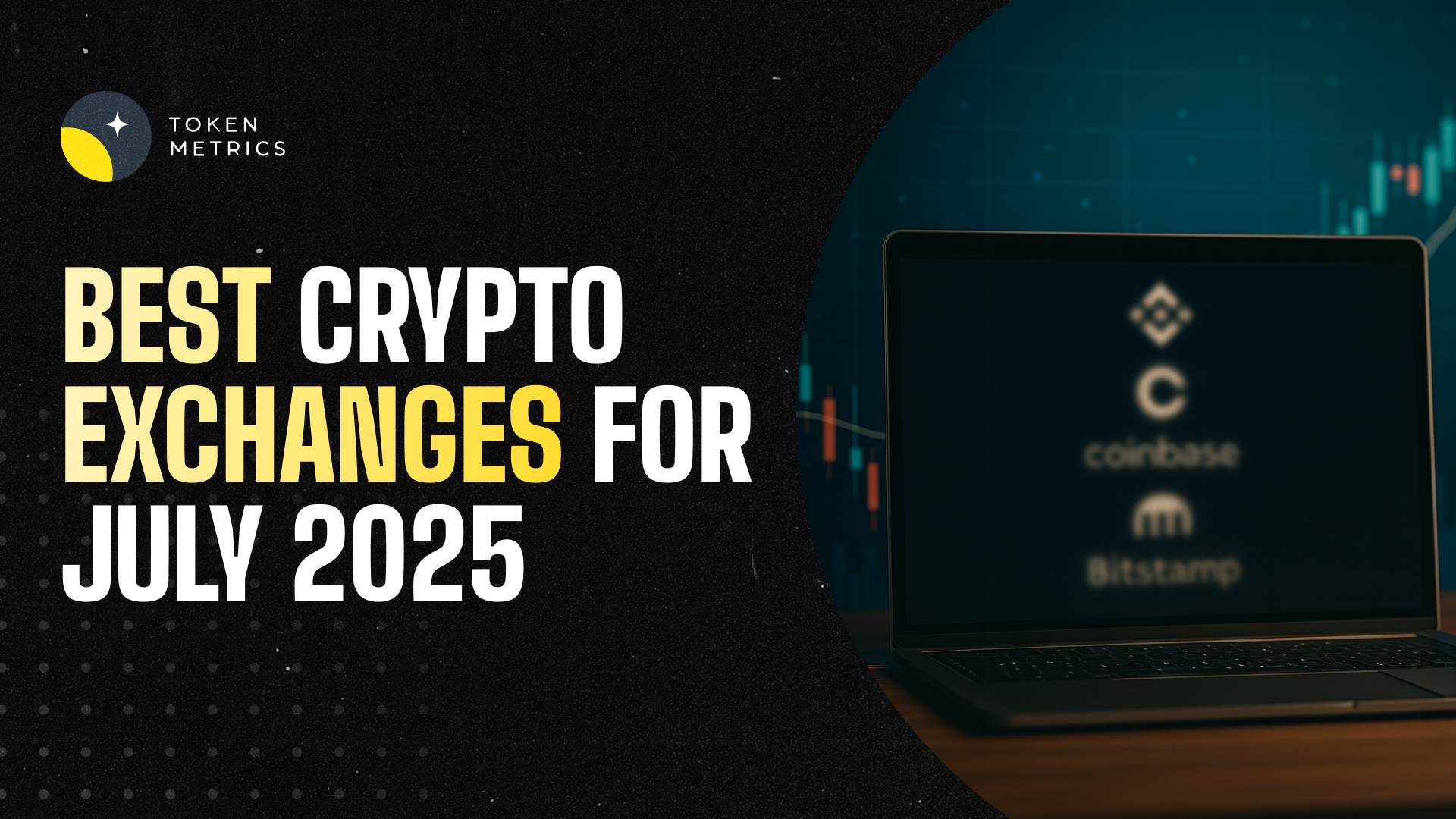
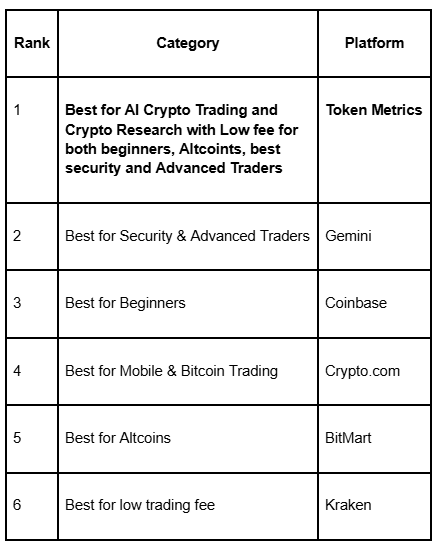








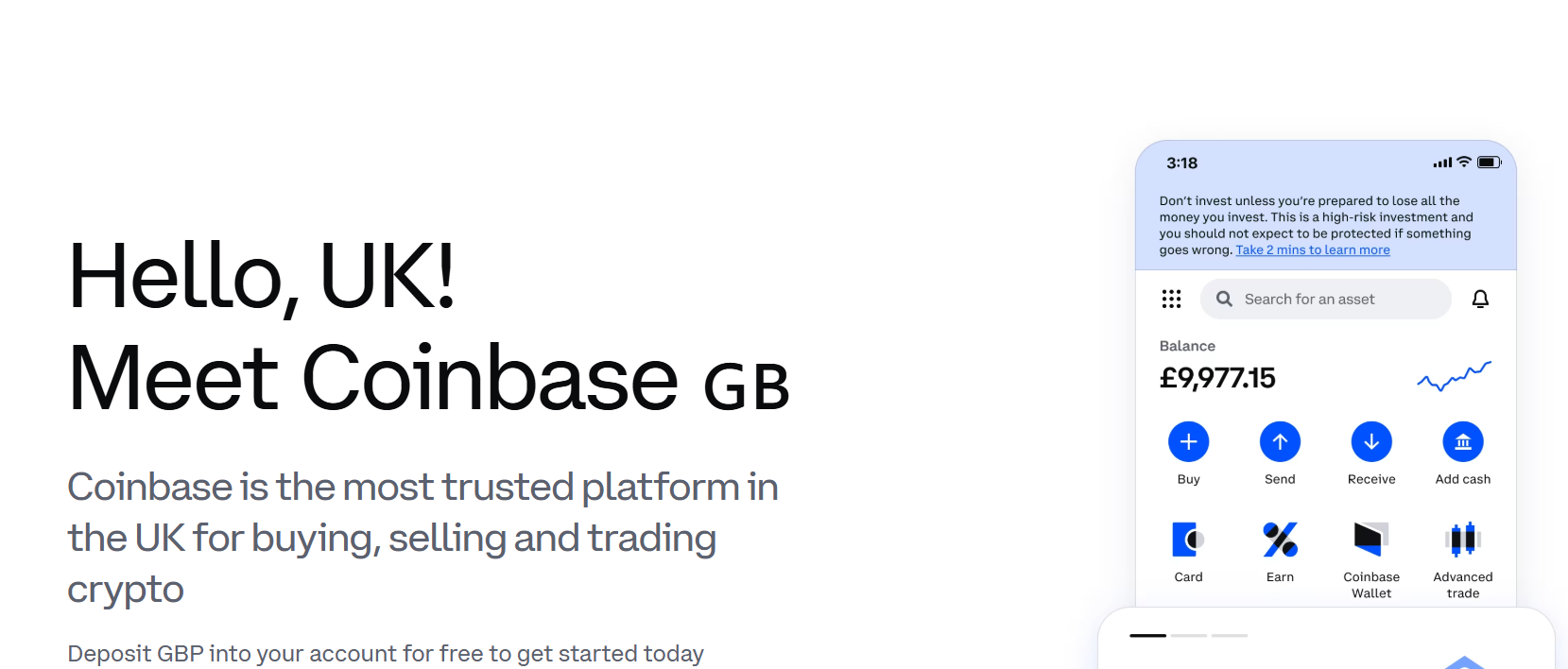
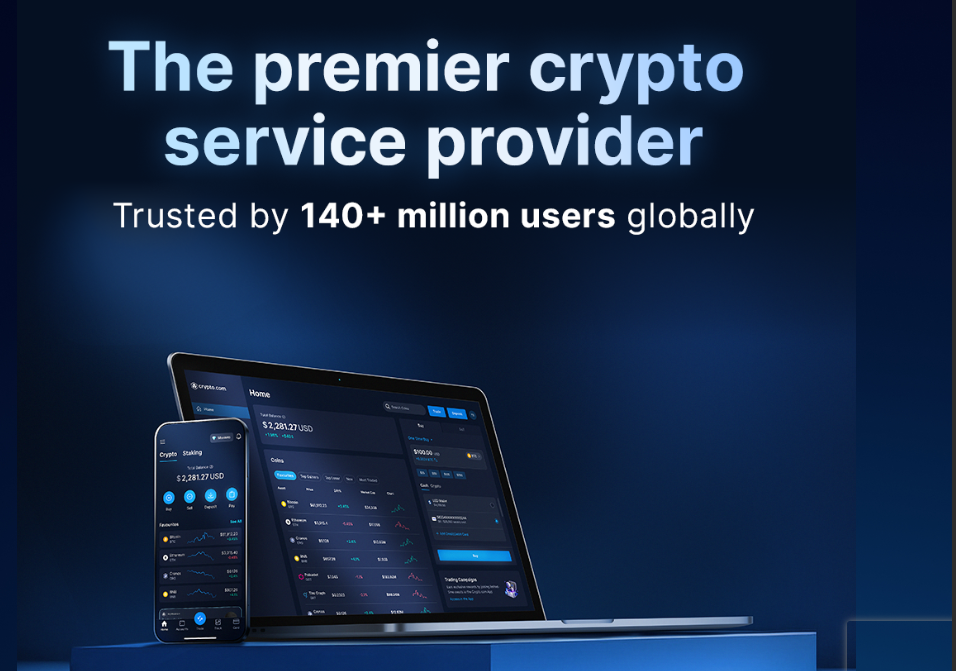
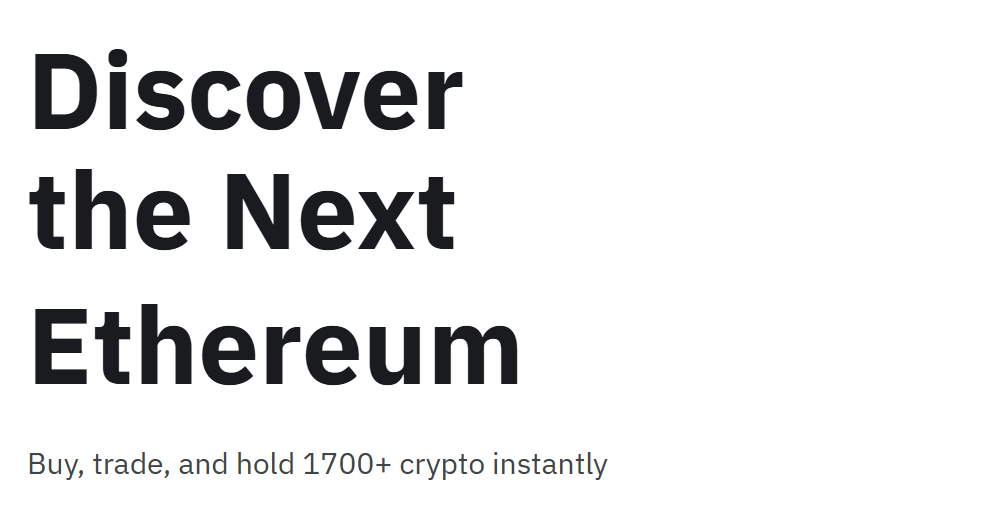
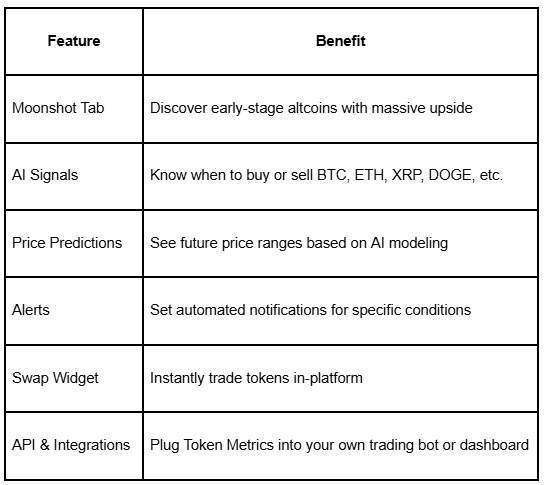
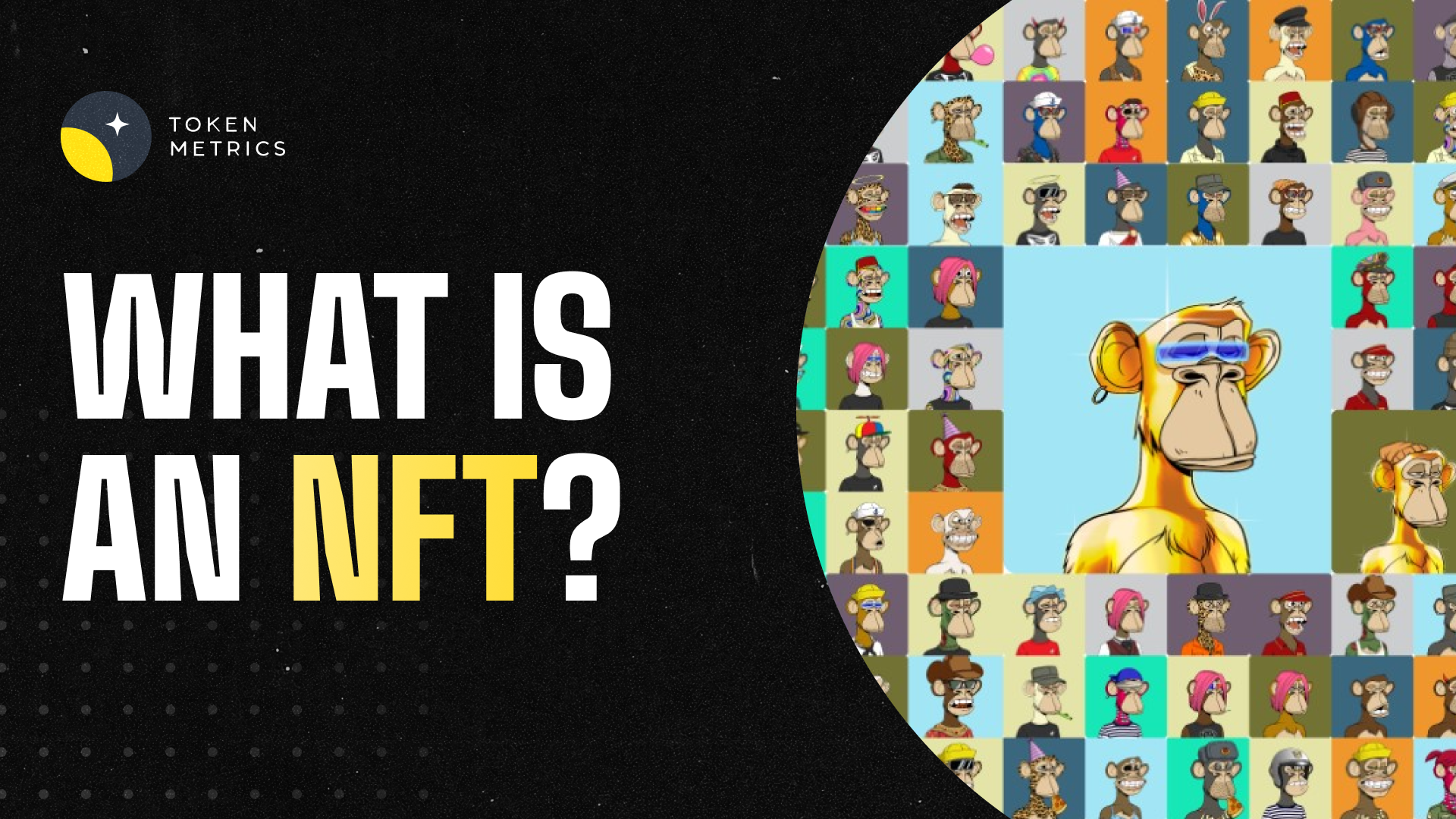

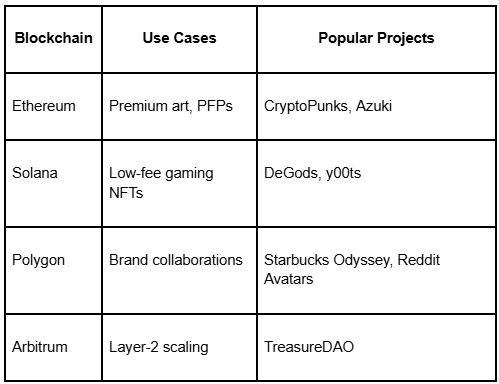
.png)







.svg)




.png)